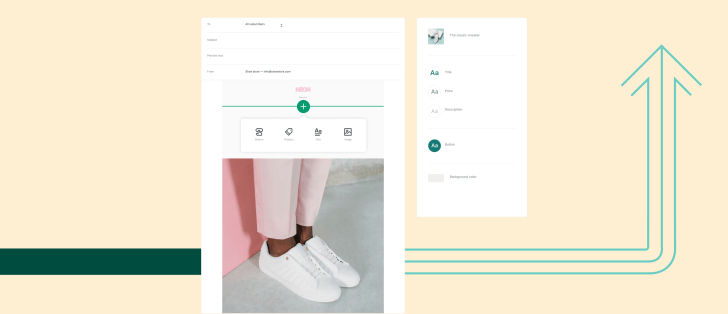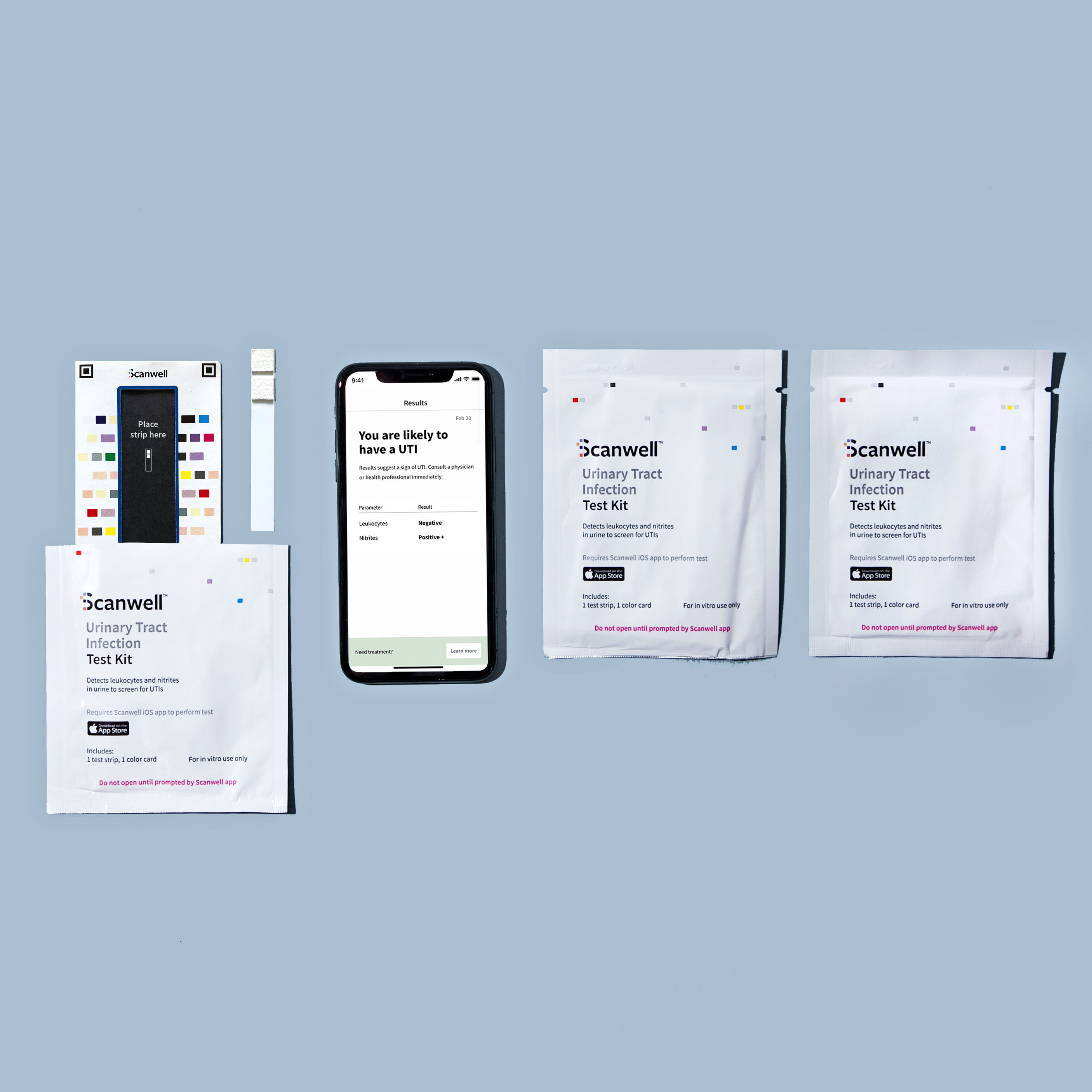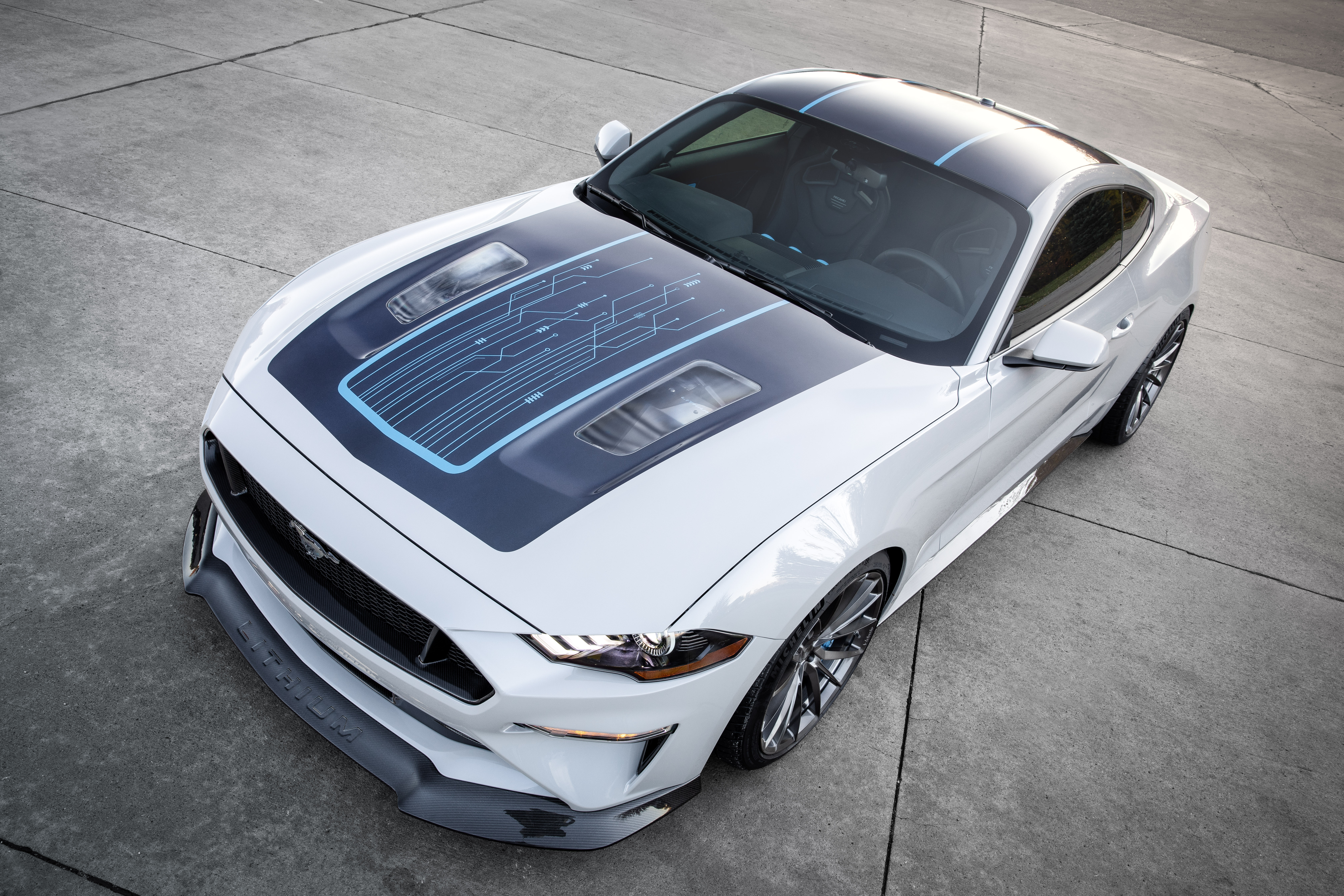Technology

Amperity announced today that itacquiring another company in the customer data business, Custora.
Amperity co-founder and CEO Kabir Shahani told me that Custoratechnology complements what Amperity is already offering. To illustrate this point, he said that customer data tools fall into three big buckets: &The first is know your customer, the second is … use insights to make decisions, the third is … activate the data and use it to serve the customer.&
Amperitystrength, Shahani said, is in that first bucket, while Custora is in the second. So with this acquisition (Amperityfirst), the existing Amperity technology will become the Amperity Customer 360, while Custora is rebranded as Amperity Insights.
The products can still be used separately, but Custora CEO Corey Pierson argued that they&re particularly powerful together.
&The stronger you actually know your customer, the stronger you have your customer 360 profile, the better those insights are,& Pierson said. &When we sit on top of Amperity, every insight we produce is more valuable to our customers.&
Shahani said Pierson and the rest of his team will be joining Seattle-based Amperity, with CustoraNew York office becoming the combined companyEast Coast headquarters.
The financial terms of the acquisition were not disclosed. According to Crunchbase, Custora previously raised a total of $20.3 million in funding.
- Details
- Category: Technology
Read more: Amperity acquires Custora to improve its customer data platform
Write comment (94 Comments)
Shopify continues to expand beyond its core e-commerce platform with a new product called Shopify Email.
Shopifychief product officer Craig Miller and director of product for marketing technology Michael Perry gave me a quick demo of the product yesterday; Miller argued that they&ve created &the first email product designed for e-commerce.&
That means itintegrated with a merchantstore on Shopify, allowing them to easily pull their brand assets into their emails, along with product content and listings. They also can see whether those emails actually lead to customers to add products to their carts/purchase them. And they can create customer segments based on the data in Shopify.
&What we&re really proud of here is, we become the expert for them,& Perry said. &Most people we&ve surveyed don&t understand the value of segmentation, so we&ve taken the liberty of assembling the right list to add value for them.&
Shopify Email is currently available as an early access test for a limited group of merchants, ahead of a broader rollout next year. Miller said it will be free for these initial merchants, with general pricing to be announced later.
Other recent additions to Shopifyproduct lineup include hardware for brick-and-mortar stores and digital ad tools.
&The common thread among all of [our new products] is to help brands sell directly to their customers,& Miller said. &Therebeen a lot of talk lately about direct-to-consumer, but thatsomething we&ve doing for a decade and a half without calling it that.&
- Details
- Category: Technology
Read more: Shopify expands into email marketing
Write comment (96 Comments)Companies continue to refine digital diagnostic tools for in-home healthcare at a rapid clip. The latest to launch is an at-home test for urinary tract infections from the Los Angeles-based startup Scanwell Health.
The company was founded by Stephen Chen, who literally grew up in the diagnostics testing business. His family had built one of the largest manufacturers of urinalysis testing in the country and Chenearliest memories of work are standing on an assembly line putting together pregnancy tests.
&I come from a family that manufactures pee-tests,& says Chen. &I was born into the business.&
Through this window into the market, Chen knew that there was a way to circumvent the time-consuming process of booking a doctorvisit to get a test scheduled and performed. &These tests have been sold into doctors& offices and hospitals and I always thought you could make these tests more accessible,& says Chen.
Working with a team of technologists, Chen built a software product that can provide the same analysis of a test kit using a smartphonecamera and an app that would have been performed in a brick and mortar diagnostics testing facility.
&The core chemistry is a traditional diagnostics kit that has been used by the healthcare system for many years,& he says. &We&ve taken that standalone box and moved it to the smartphone.&
Just like a traditional test, a chemically treated strip reacts with a urine sample, then the companyapplication uses computer vision technology to assess the results.

Scanwell Health chief executive, Stephen Chen
So far, Scanwell is the first company to receive clearance from the Food and Drug Administration for its tests, and the only company to receive clearance to be sold over the counter, according to Chen.
Through its partnership with Lemonaid Health, a telemedicine provider for consultations with nurse practitioners and physicians, customers can get diagnosed using the Scanwell app and receive a consultation and a course of treatment all from the comfort of their home. The tests cost $15 for a pack of three and the consultation with Lemonaid is another $25. Thatcompared with roughly $150 for a visit to an urgent care center.
For Scanwell, itthe culmination of a three-year journey to bring their first diagnostic test to market. The company first submitted its product to the Food and Drug Administration for approval in 2015. While Chen waited for clearance from the FDA, he launched Petnostics to build out a user base and test the product in the less stringent world of veterinary health.
Sales from the Petnostics product helped bootstrap the company through its first few years of development and get its first product onto the market. Now, Scanwell is ready to expand, says Chen.
The company has a test for chronic kidney disease in the works through a collaboration with Kaiser Permanent and the Chronic Renal Insufficiency Cohort Study to improve screening for and monitoring of chronic kidney disease at home. Using urinalysis testing to screen for excess proteins, the company is hoping it can help identify CKD in more people earlier, allowing for earlier interventions and the potential to avoid costly medical procedures down the road.
&We believe in the power of telehealth and what it can do,& says Chen. &Whatmissing is the diagnostics piece. When you go into a doctoroffice you talk to a doctor and they get your symptoms. We&re focused on translating as many of these diagnostics as possible and you can pair with telehealth.&
Helping the company move along its journey are a clutch of well-positioned investors, including the Y Combinator accelerator and institutional investors like Founders Fund, Mayfield, DCM, Version One and Joe MontanaLiquid 2 Ventures fund.
&This funding from an incredible group of investors, together with the national launch of our test and app, are exciting milestones that will allow us to realize our vision of making reliable, convenient at-home testing available to millions of people,& said Chen, in a statement. &Our partnership with Lemonaid is only the beginning. We have a number of additional diagnostic tests in the pipeline that have the potential to change the way we diagnose and treat infections and monitor chronic diseases. We look forward to working with additional partners to bring these tests to people across the country.&

- Details
- Category: Technology
Read more: Scanwell Health launches smartphone tests for UTIs in partnership with Lemonaid Health
Write comment (96 Comments)One of the most interesting sessions at Adobe MAX is traditionally the Sneaks keynote, where engineers from the companyvarious units show off their most cutting-edge work. Sometimes, those turn into products. Sometimes they don&t. These days, a lot of the work focuses on AI, often based on the Adobe Sensei platform. This year, the company gave us an early look at Project Sweet Talk, one of the featured sneaks of tonightevent.
The idea here is pretty straightforward, but hard to pull off: take a portrait, either a drawing or a painting, identify the different parts of the face, then animate the mouth in sync with a voice-over. Today, AdobeCharacter Animator (which you may have seen on shows like The Late Show with Stephen Colbert) does some of that, but itlimited in the number of animations, and the result, even in the hands of the best animators, doesn&t always look all that realistic (as far as thatpossible for the kind of drawings you animate in the product). Project Sweet Talk is far smarter. It analyzes the voice-over and then uses its AI smarts to realistically animate the charactermouth and head.
The team, lead by Adobe Researcher Dingzeyu Li, together with Yang Zhou (University of Massachusetts, Amherst) and Jose Echevarria and Eli Schectman (Adobe Research), actually fed their model with thousands of hours of video of real people talking to the camera on YouTube. Surprisingly, that model transferred really well to drawing and paintings — even though the faces the team worked with, including pretty basic drawings of animal faces, don&t really look like human faces.
&Animation is hard and we all know this,& Li told me. &If we all know that if we want to align a face with a given audio track, it is even harder. Adobe Charter Animator already has a feature called ‘compute lip sync& from scene audio,& and that shows you what the limitations are.& The existing feature in Character Animator only moves the mouth, while everything else remains static. Thatobviously not a very realistic look. If you look at the examples embedded in this post, you&ll see that the team smartly warps the faces automatically to make them look more realistic — all from a basic JPG image.
Because it does this face warping, Project Sweet Talk doesn&t work all that well on photos. They just wouldn&t look right — and it also means thereno need to worry about anybody abusing this project for deepfakes. &To generate a realistic-looking deepfake, a lot of training data is needed,& Li told me. &In our case, we only focus on the landmarks, which can be predicted from images — and landmarks are sufficient to animate animations. But in our experiments, we find that landmarks alone are not enough to generate a realistic-looking [animation based on] photos.&
Chances are, Adobe will build this feature into Character Animator in the long run. Li also tells me that building a real-time system — similar to whatpossible in Character Animator today — is high on the teampriority list.

- Details
- Category: Technology
Read more: Adobe’s Project Sweet Talk makes portraits come alive
Write comment (90 Comments)
- Details
- Category: Technology
Read more: Best noise cancelling headphones for 2019
Write comment (93 Comments)Ford wants the world to take notice of its plans for electric vehicles.And what better way than to build an all-electric Mustang fastback with a six-speed manual transmission?
And that has us angry over here because ita gigantic tease of a prototype that will never make it into production. Or least thatwhat Ford is saying.
Ford and Webasto revealed Tuesday the &Mustang Lithium& high-performance battery electric vehicle at the Specialty Equipment Market Association (SEMA) trade show in Las Vegas. The vehicle is a one-off, meaning this won&t hit the marketplace anytime soon, if ever.
Ford does say this electrified Mustang is more than just a prototype. Italso a testbed for battery and thermal management technologies Webasto and Ford are creating for the growing e-mobility automotive segment. So maybe there is a chance?
The vehicle has a Phi-Power dual-core electric motor and dual power inverters powered by an 800-volt Webasto battery system. The package produces 900 horsepower and 1,000 pound-feet of torque, ensuring its muscle car status. The vehicle has custom carbon fiber body components, a 1.0-inch lowered stance and 20-inch staggered fitting forged wheels, according to Ford.
Ford highlights the manual transmission as the &unique& twist. And it is. Electric vehicles have single-speed gearboxes. There is really no logical reason to have a manual gearbox. For those who still love the three-pedal action though, an electric vehicle with a manual gearbox makes all the sense in the world.

The 800-volt battery system is also worth noting. The Porsche Taycan is considered the first production vehicle equipped with a system voltage of 800 volts as opposed to the usual 400 volts found in most electric cars.
Forduse of 800 volts might hint at which battery systems might turn up in its production electric vehicles. This more robust system should allow for faster charging. For instance, Porsche credits its 800-volt system in the Taycan for allowing it tocharge from 5% to 80% in 22.5 minutes with a maximum charging power of up to 270 kw.
Ford didn&t reveal battery range. But it offered up a few other specs, including that it has four modes that apply a controlled amount of torque for different driving modes. The modes are Valet, Sport, Track and Beast. The vehicle also has an in-dash 10.4-inch touchscreen display.

&Ford has made no secret of the fact that we are electrifying our most popular nameplates,& Hau Thai-Tang, Fordvhief product development and purchasing officer, said in a statement. &This one-off Mustang prototype is a great opportunity for us, together with Webasto, to showcase to our customers what a new electrified powertrain can do for performance in a car they already know and love.&
Ford historically backed hybrid technology. And while hybrids are still part of the mix, Ford has placed more emphasis on the development and production of all-electric vehicles. In 2018, the company said it willinvest $11 billion to add 16 all-electric vehicles within its global portfolio of 40 electrified vehicles through 2022. That portfolio will include an all-new Mustang-inspired fully electric SUV in 2020 with a range of 300 miles, and an all-electric F-150 in a few years, according to Ford.
Ford unveiled in September at the Frankfurt Motor Show a range of hybrid vehicles as part of its plan to reach sales of 1 million electrified vehicles in Europe by the end of 2022.
- Details
- Category: Technology
Read more: Ford built an electric Mustang with a manual transmission. And we’re mad.
Write comment (96 Comments)Page 431 of 5614

 14
14